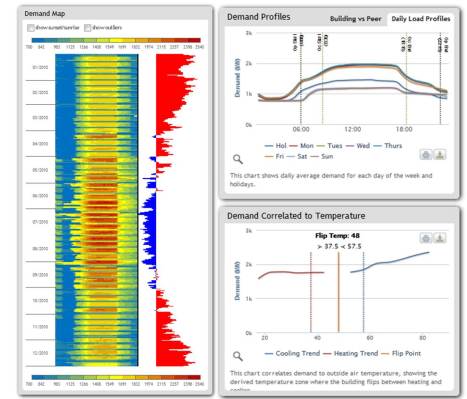Buildings are blamed for as much as 40% of U.S. energy consumption, and while green construction is on the rise, identifying the best ways to make an older building more efficient can be a tedious manual endeavor. Retroficiency, whose aim is to disrupt the energy efficiency market, eases the process with the help of extensive data sets and predictive analytics.
Greening an old building traditionally involves a walk-through analysis or diagnostic hardware installation, but the Boston-based company’s new Virtual Energy Assessment (VEA) tool shows energy service providers which changes within the building will have the greatest impact on its efficiency. Retroficiency focuses on commercial real estate, which uses 18% of the country’s energy and spending close to $108 billion annually.
“The heavy lifting that takes weeks or months to do manually, we can do in minutes,” says Co-Founder and CEO Bennett Fisher.
Some of the things VEA might observe about a building are that the lighting turns on three hours before anyone arrives, or that heating and cooling systems sometimes operate simultaneously.
The product’s technology is largely powered by the company’s November acquisition of of Nexamp’s Clean Energy Solutions. To analyze a structure, VEA only requires the building address and a year’s worth of energy use interval data, compressing a process that can take several months into several minutes. This helps energy service providers quickly identify which buildings in their network have the highest efficiency improvement potential and what specific improvements will have the greatest impact within each of those buildings.
“Our mission is to scale energy efficiency,” says Fisher, “It’s what needs to happen if we want to make a dent in the environmental and carbon problem.”
Image by Retroficiency
